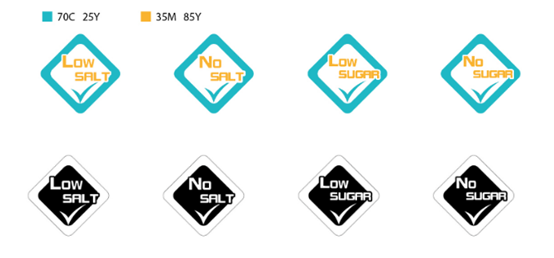The intake of salt and sugar is closely related to health. The World Health Organization has recommended that adults should not consume more than 5 g salt per day, and the intake of free sugar for adults and children should not exceed 10% of daily energy intake. Reducing salt and sugar intake is also a key concern for governments and enterprises around the world. In Hong Kong, China, a risk assessment study on reducing salt and sugar was conducted in 2013, and relevant labeling plans were introduced for prepackaged foods. The following is the corresponding content of the labeling scheme of 'Salt/Sugar' for reference.
01 Main Regulatory Agency
In July 2022, Hong Kong, China completed the sixth government restructuring, with the newly established Environment and Ecology Bureau taking over the functions of regulating food from the original Food and Health Bureau. In terms of specific affairs, the Food Department of the Environment and Ecology Bureau is responsible for food environment and hygiene, including reducing salt and sugar content in foods and formulating related work plans.
The work plan to reduce salt and sugar in foods in Hong Kong covers a wide range of areas, including product formula design, restaurant specialties and prepackaged food labeling. The voluntary Labeling Scheme of 'Salt/Sugar', which was previously launched by the Committee on Reduction of Salt and Sugar in Food, the former Food and Health Bureau (now the Environment and Ecology Bureau) and the Centre for Food Safety of the Food and Environmental Hygiene Department, has attracted much attention from the food industry and is ongoing, with more than 210 types of prepackaged foods joining the Scheme recently.
02 Application Products
Prepackaged foods that meet the requirements of content claims for low salt, salt free, low sugar and sugar free as defined in the Regulations on Food and Drugs (Composition and Labelling) (Chapter 132W) can use the corresponding logos after a simple procedure of notification to the Centre for Food Safety of Hong Kong, China and obtaining the corresponding permission.
According to Chapter 132W, the conditions of content claims for low salt, salt free, low sugar and sugar free are:

Special attention should be paid that when applying for 'low salt low sugar' products, they should not involve high sodium/high sugar situations. Otherwise, the corresponding logo application will be rejected. That is, low salt products that also meet the high sugar criteria and low sugar products that also meet the high sodium criteria cannot participate in this scheme logo.

03 Logo and Use Method
Bilingual

Chinese

English

After being confirmed by the Center for Food Safety that the use of the planned label is allowed, enterprises can use the corresponding logo in a prominent position on food package. The logo is available in both colorful and black and white versions, and enterprises can freely choose among Chinese, English or bilingual versions based on their product label design. The Center for Food Safety encourages the use of the logo in promotional materials related to food outside of the label.
04 End
In the recent discussion document of the Hong Kong Legislative Council on measures to reduce salt and sugar in foods, it is mentioned that the government will actively communicate with manufacturers and importers, encourage the industry to adopt corresponding labels, and display the products participating in the scheme in the official system. Antion suggests that when exporting products, enterprises should not only comply with the regulatory restrictions on product claims under laws and regulations, but also may pay attention to and participate in similar policies such as the Labeling Scheme of Salt and Sugar in Hong Kong, China, to promote products in a better and compliant manner.
Source: Antion
Note: This article is compiled by Antion. Please indicate the source for reprint.